When you think about the food industry, it’s important to understand how packaging affects the quality and freshness of products. Packaging is your food’s first defense against things that can harm it.
In this guide, we’ll look at different packaging materials in the food industry and help you see which ones are right for different products.
Whether you’re a manufacturer, a consumer, or just curious about food packaging, this article will give you valuable insights into preserving food.
Before we go further into this topic, don’t forget to follow my LinkedIn account. You’ll get more helpful insights on supply chain management there.
Table of Contents
Plastic Packaging
Plastic packaging is incredibly versatile and cost-effective, which is why it’s a popular choice for a wide range of food products, from bottled water to salad containers.
There are different types of plastics used in packaging, like PET (Polyethylene Terephthalate), known for being clear and strong, HDPE (High-Density Polyethylene), often used for milk jugs, and LDPE (Low-Density Polyethylene), which is great for flexible packaging, such as bread and frozen food bags.
Each type of plastic is designed to meet the specific requirements of the products they’re used for, ensuring food is preserved and protected while giving consumers various options.
Whether it’s PET’s transparency to show the product, HDPE’s durability for liquids, or LDPE’s flexibility for certain foods, plastic packaging is a vital solution in the food industry, adapting to the needs of different product types.
Glass Packaging
Have you ever wondered about the magical way your favorite jams, sauces, and pickles stay fresh and delicious?
The secret is the protective power of glass packaging.
Glass, with its incredible ability to seal tightly, ensures that your food products maintain their delectable flavor from the moment they are sealed.
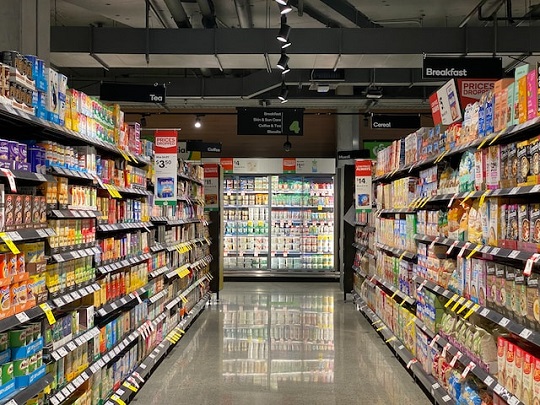
What’s more, glass packaging is proudly eco-friendly because it can be fully recycled, showing its dedication to sustainability and environmental responsibility.
In a world where taking care of our planet is crucial, glass packaging stands as a symbol of responsibility.
Its recyclability demonstrates its commitment to sustainability, making it a thoughtful choice that not only preserves the taste and quality of your beloved food items but also the health of our environment.
Metal Packaging
When you open a can, whether it holds vegetables, fruits, or your favorite drink, you’re benefiting from metal packaging.
Aluminum and steel cans provide essential protection against light, air, and moisture, acting as a strong barrier that ensures your food and drinks stay fresh for longer.
Metal packaging is like a silent hero that keeps your food and drinks in great shape, making sure every bite and sip tastes just as good as when they were first sealed in the can.
It’s a testament to the reliability and effectiveness of these materials in preserving the quality of our beloved food and beverages.
Paper and Cardboard Packaging
When you pick up a box of cereal, pasta, or bakery items, it’s important to recognize the essential role of paper and cardboard packaging.
These materials are the workhorses of packaging, known for their versatility and eco-friendliness.
They’re strong enough to protect what’s inside, yet light and easy to transport, making them a popular choice for many food products.
Moreover, they often provide a canvas for branding and information, enhancing the consumer experience.
What makes paper and cardboard packaging remarkable is their compatibility with other materials like plastic or foil. This adaptability allows manufacturers to create innovative packaging that meets specific preservation and presentation needs.
For instance, you might come across cereal boxes with a plastic lining to keep the contents fresh, or bakery items in cardboard boxes with a foil lining to maintain their texture and taste.
This mix of materials ensures your food is shielded from factors like light, moisture, and air while looking appealing on store shelves. It’s a smart choice for both manufacturers and consumers.
You might also like:
- Exploring the 35 Essential Manufacturing Expenses You Must Consider
- 20 Factors to Consider When Deciding Whether to Make or Buy
Flexible Packaging
Flexible packaging materials, like foil pouches and laminates, have become crucial in the food packaging world for several compelling reasons.
From your perspective, they provide unmatched convenience. They are lightweight and easy to open, making them user-friendly and perfect for quick access to your food.
They are especially great for snacks on the go, as you can reseal them to keep the contents fresh, reducing food waste.
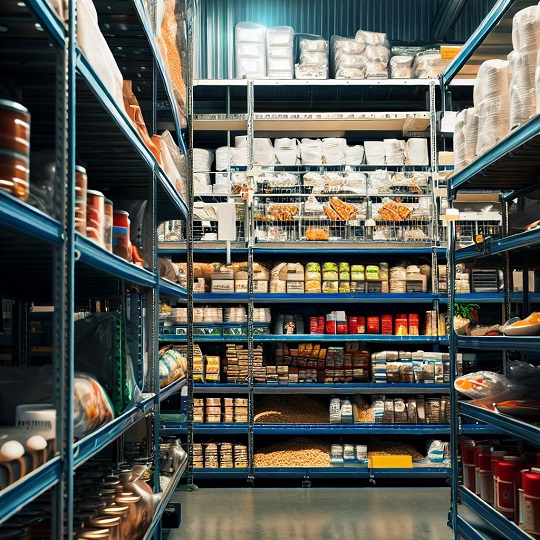
Their flexibility also means they can accommodate various product shapes and sizes, making them versatile and adaptable for different food items.
But beyond convenience, these materials offer essential protective properties. They act as a shield against external factors like light, moisture, and air, which can harm the quality and shelf life of the contents.
This is particularly important for items like snacks, chips, and frozen foods, where freshness and taste are key.
By effectively keeping these elements out, flexible packaging helps maintain the overall quality and safety of the products, improving your experience while reducing the need for extra preservatives or additives.
Foam and Styrofoam Packaging
When you need to protect delicate food items like eggs and fragile fruits, you often turn to foam packaging, particularly Styrofoam.
Styrofoam is well-known for its excellent protective qualities.
Its light weight, insulating properties, and shock-absorbing abilities make it a common choice in the packaging industry.
Styrofoam cushions and shields sensitive food products during transport, reducing the risk of damage and ensuring that perishable items reach you, the consumer, in perfect condition.
The air-filled pockets within the foam act as a protective barrier, effectively preventing breakage and bruising.
However, it’s important to mention that there is a growing demand for more sustainable alternatives to traditional foam packaging materials like Styrofoam.
Concerns about the environment, including the production and disposal of Styrofoam, have led to increased scrutiny.
Many consumers, like yourself, are actively seeking eco-friendly options that are biodegradable, recyclable, or made from renewable resources.
This shift reflects a broader movement in the food industry to adopt responsible and environmentally conscious packaging practices, in line with the goal of reducing ecological footprints and minimizing the adverse impact of non-biodegradable materials on the environment.
Vacuum Packaging
The process of preserving freshness in foods like meats, cheeses, and coffee is quite intriguing and is made possible through vacuum packaging.
This method involves removing air from the packaging, creating an airtight seal that effectively prevents spoilage and freezer burn.
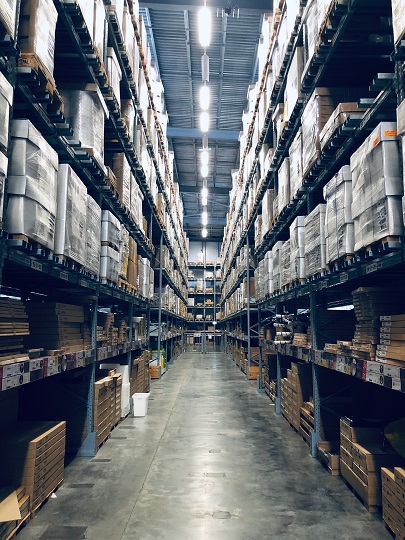
By getting rid of oxygen, which can cause food to deteriorate, vacuum packaging extends the shelf life of these perishable items, ensuring they maintain their flavor and texture, so you can enjoy the best quality.
In the realm of meats and cheeses, vacuum packaging not only keeps them fresh but also prevents the growth of bacteria and mold, enhancing food safety.
For coffee enthusiasts like yourself, this technique is crucial for preserving the beans’ aroma and flavor, as exposure to oxygen can lead to a loss of these essential sensory qualities.
Vacuum packaging demonstrates how innovation in food packaging contributes to both the longevity and the quality of your favorite foods, ensuring they reach you, the consumer, in the best possible condition for your enjoyment.
Biodegradable and Compostable Packaging
If you’re someone who cares about the environment, you’ll be pleased to see the increasing use of biodegradable and compostable packaging materials. These materials, often made from plant-based sources like cornstarch, offer an eco-friendly alternative.
What makes them so appealing is their versatility, as they can be used for various food products.
This means that when you shop, you can choose packaging that aligns with your commitment to sustainability while still enjoying your favorite items, knowing that the packaging will have a less harmful impact on the environment.
Biodegradable and compostable packaging materials address the concerns of those who want to reduce their ecological footprint. When you choose these eco-friendly options, you contribute to reducing plastic waste and support the use of renewable resources.
Not only do these materials naturally break down over time, but they can also enrich the soil when composted, closing the loop on sustainability.
This move towards greener packaging reflects a widespread acknowledgment in the industry of the need for more responsible and environmentally friendly choices.
It empowers you, the consumer, to make decisions that align with your values and the well-being of the planet.
You might also like:
Specialized Films and Coatings
When it comes to pre-packaged salads and fresh produce, specialized films and coatings are quietly at work behind the scenes, ensuring the quality of your favorite foods. These films and coatings are designed to control humidity and gas exchange within the packaging.
By regulating moisture levels and managing the interaction of oxygen and carbon dioxide with the produce, they play a vital role in preserving the freshness of your greens and other items.
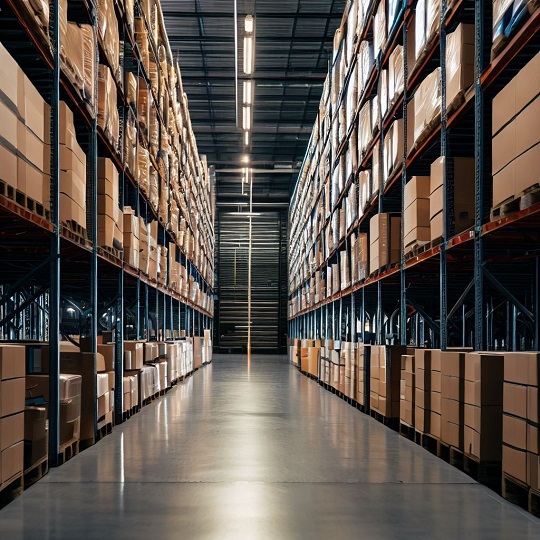
For you as the consumer, this means that when you buy a bag of salad or a tray of fruits and vegetables, you can rely on the specialized packaging to keep those items crisp and flavorful. It extends the shelf life of these perishable products, reducing food waste and ensuring you can enjoy them at their best, as if you’d picked them fresh from the garden.
These packaging innovations reflect the ongoing efforts in the food industry to provide quality and convenience to consumers while also addressing sustainability and minimizing environmental impact.
Modified Atmosphere Packaging (MAP)
Modified Atmosphere Packaging (MAP) is a smart technique that directly benefits you, the consumer. It works by changing the atmosphere inside the packaging to extend the shelf life of various products, like fresh meat and sliced fruits.
When you buy these items, you can trust that MAP has been used to keep them fresh and high-quality. By carefully controlling factors like oxygen and carbon dioxide levels, MAP prevents the growth of microorganisms and oxidation, helping your food stay great for longer.
This innovative packaging technology ensures that you can enjoy your purchased items without worrying about spoilage. It reduces food waste and saves you money.
It also aligns with the industry’s commitment to provide products that taste better and contribute to sustainability by reducing the need for excessive preservatives and the environmental impact of food spoilage.
So, the next time you enjoy fresh meat or sliced fruits, you can thank MAP for making sure your food is not only safe to eat but also delicious.
Top of Form
Bottom of Form
Vacuum Skin Packaging (VSP)
When you pick up a package of meat or seafood, vacuum skin packaging (VSP) is instrumental in preserving the quality and freshness of the product. VSP uses a clear film that wraps tightly around the food, conforming to its shape and creating a secure package.
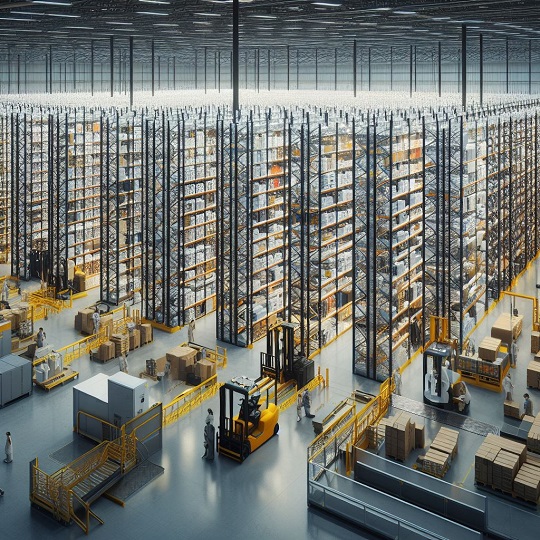
This process removes excess air and seals the product effectively, preventing exposure to oxygen, which can cause spoilage and freezer burn. As a result, VSP significantly extends the shelf life of meat and seafood, giving you the confidence that these items will stay fresh for an extended period.
For you as the consumer, VSP offers several advantages. It ensures that the contents are well-protected and reduces the risk of flavor and texture deterioration over time.
This means that when you’re ready to prepare and enjoy your meat or seafood, you can expect a product that’s as close to its original quality as possible, enhancing your dining experience and minimizing food waste. In this way, VSP aligns with the industry’s commitment to delivering the highest quality products to consumers while also promoting sustainability through longer-lasting food items.
Conclusion
In summary, packaging materials in the food industry aren’t just containers; they are guardians of freshness, quality, and safety. Whether you’re a manufacturer or a consumer, your choice of packaging material is vital. It’s important to conduct thorough research, consider regulatory requirements, and align with sustainability goals when selecting packaging materials.
The food industry is evolving, with a growing focus on eco-friendly and biodegradable packaging materials, reflecting a commitment to environmental responsibility.
In a world where you expect freshness, safety, and convenience, remember that the role of packaging materials in the food industry is of utmost importance.
Technology is advancing, and sustainability is gaining significance, so stay informed about the latest innovations in food packaging. With the right materials and methods, you can be confident that your food products will reach you in the best possible condition, preserving their taste, quality, and nutritional value.
I hope you find it helpful!
Please share this article with your colleagues so they can also benefit. For more insights on supply chain management, follow my LinkedIn account. You’re free to use all articles on this blog for any purpose, even for commercial use, without needing to give credit.

 by
by 

